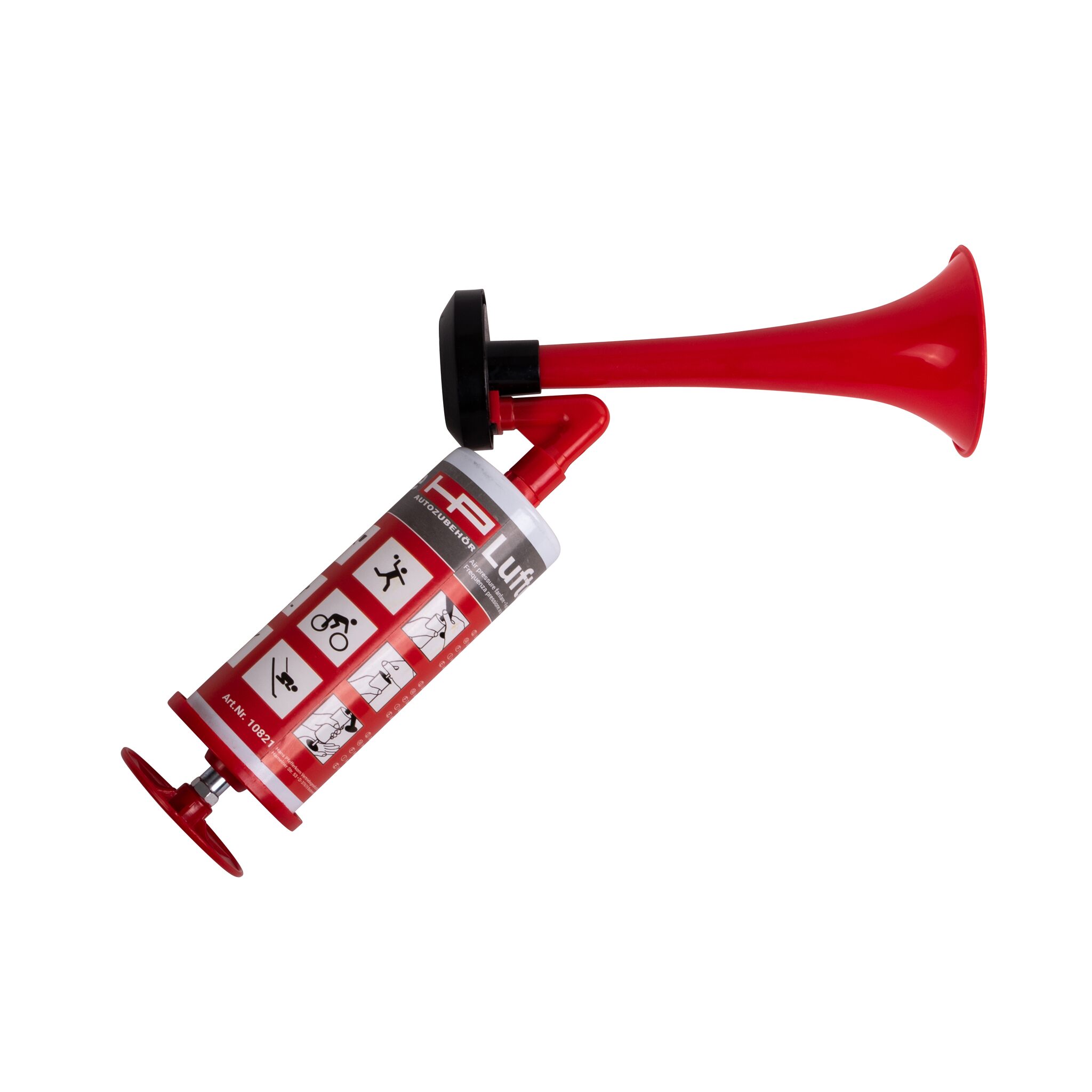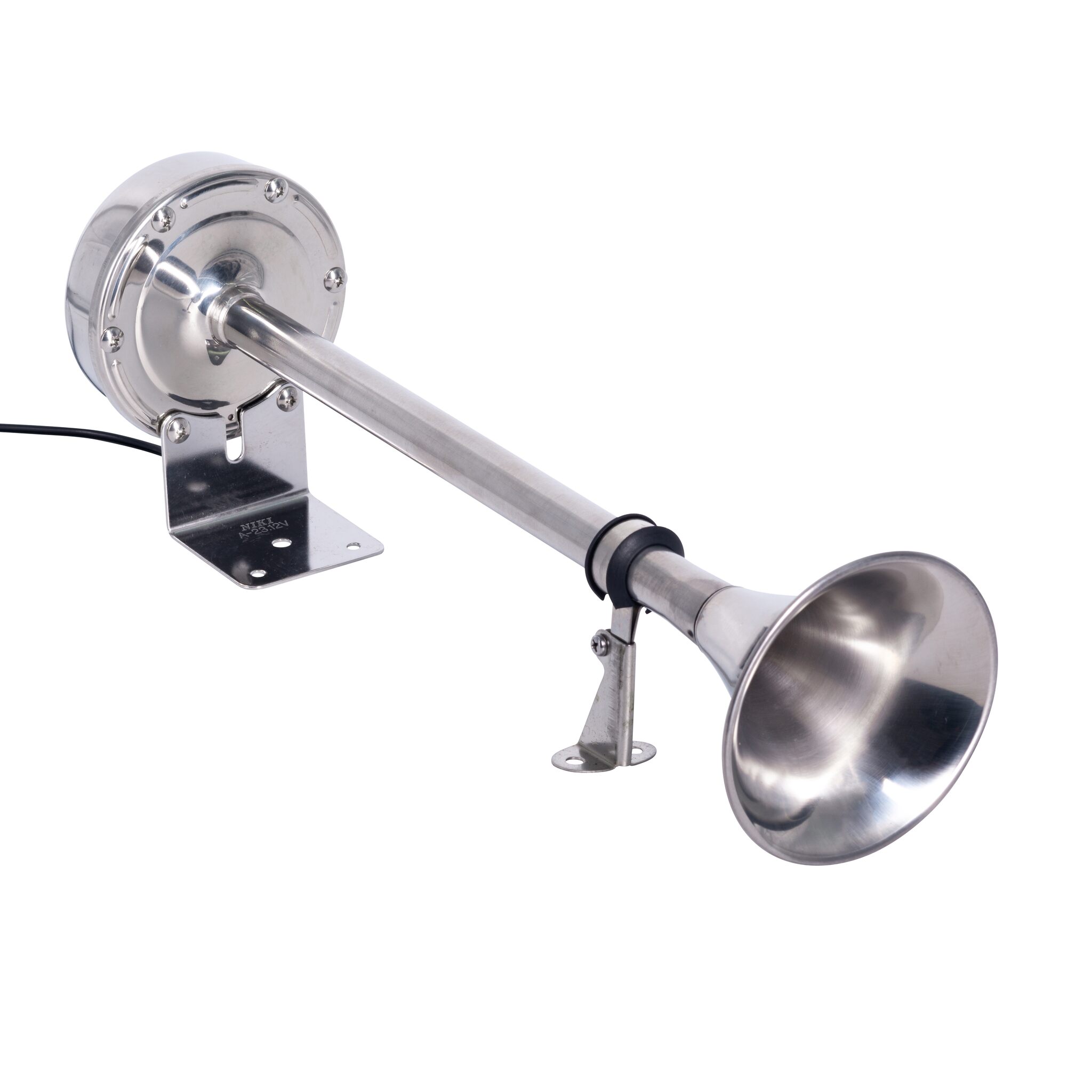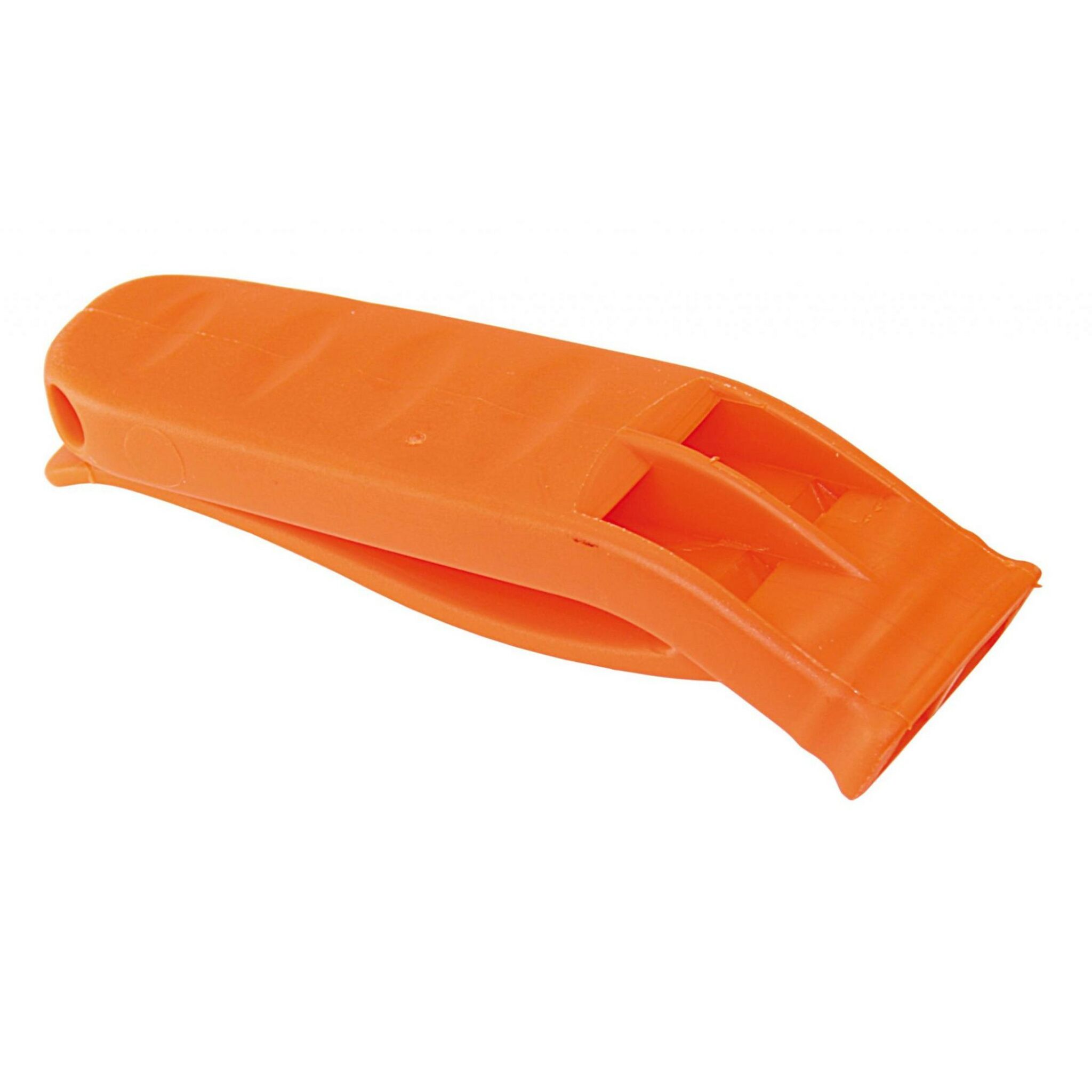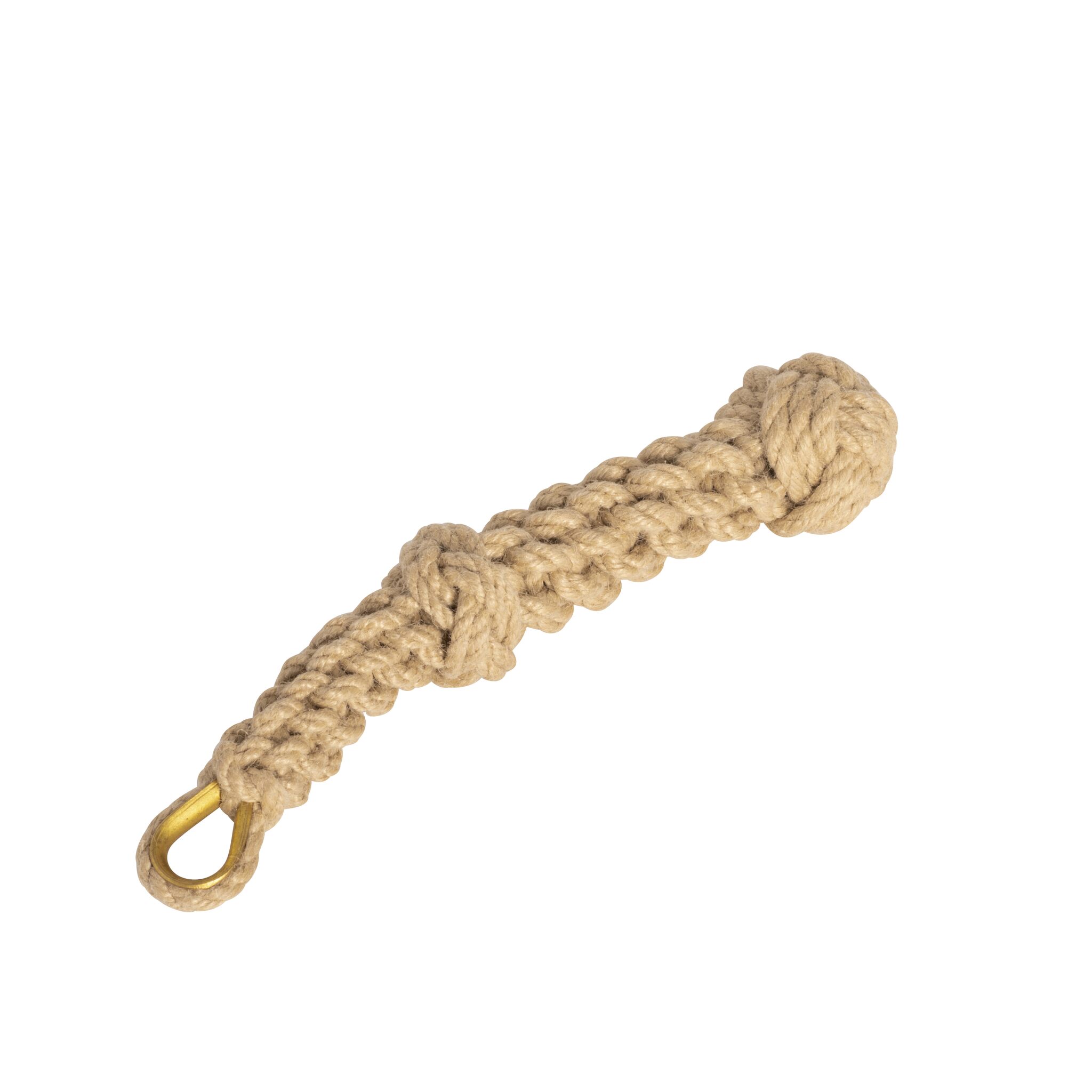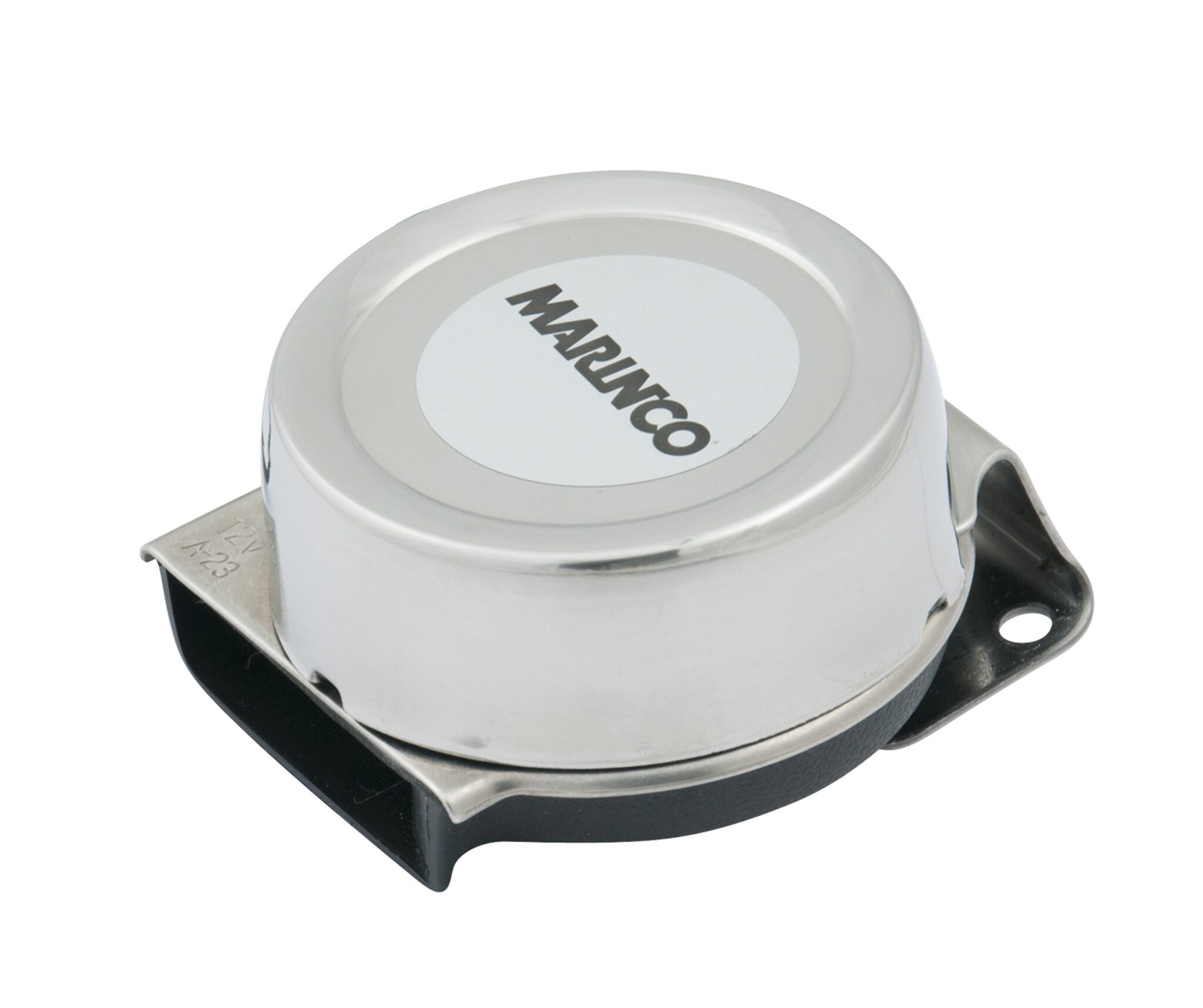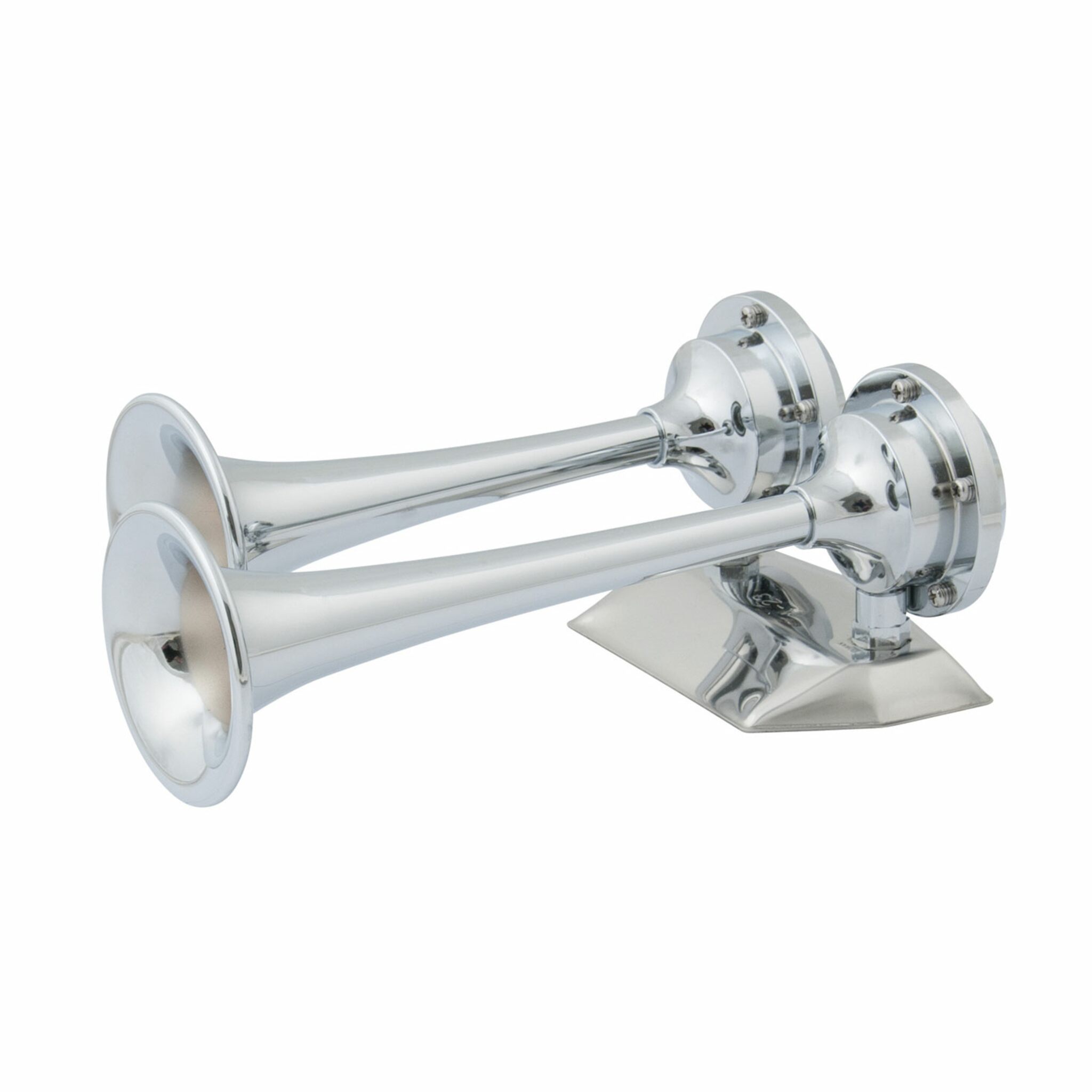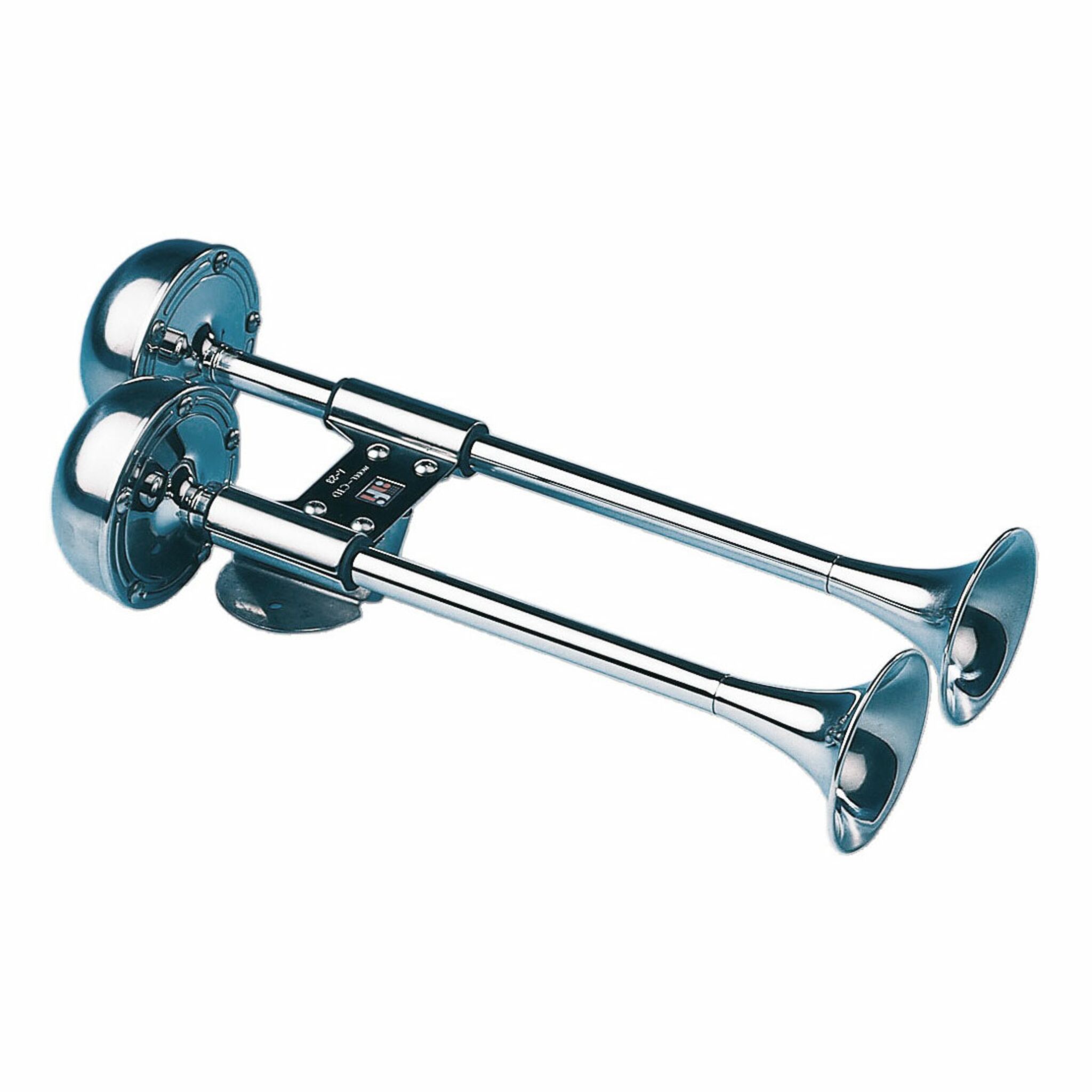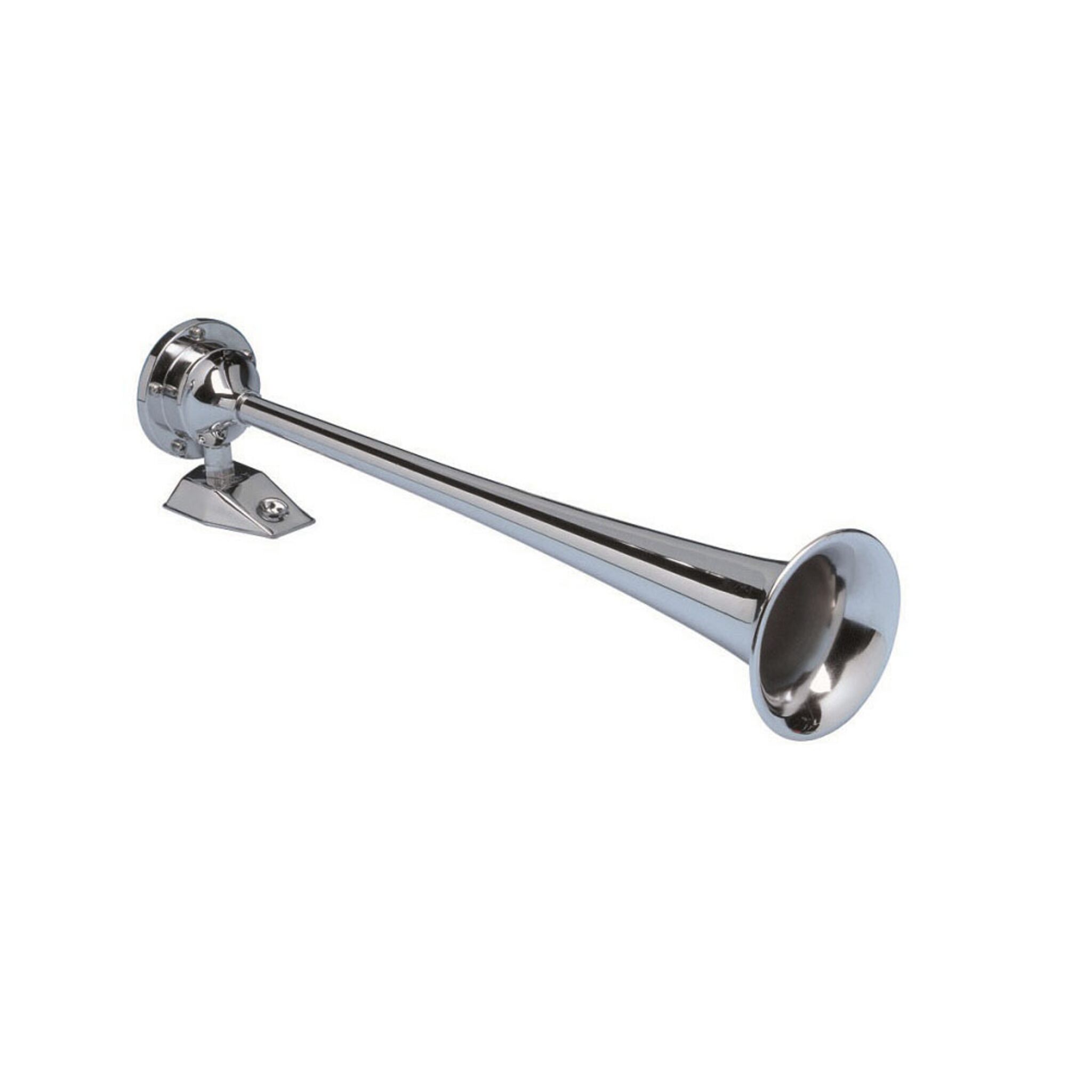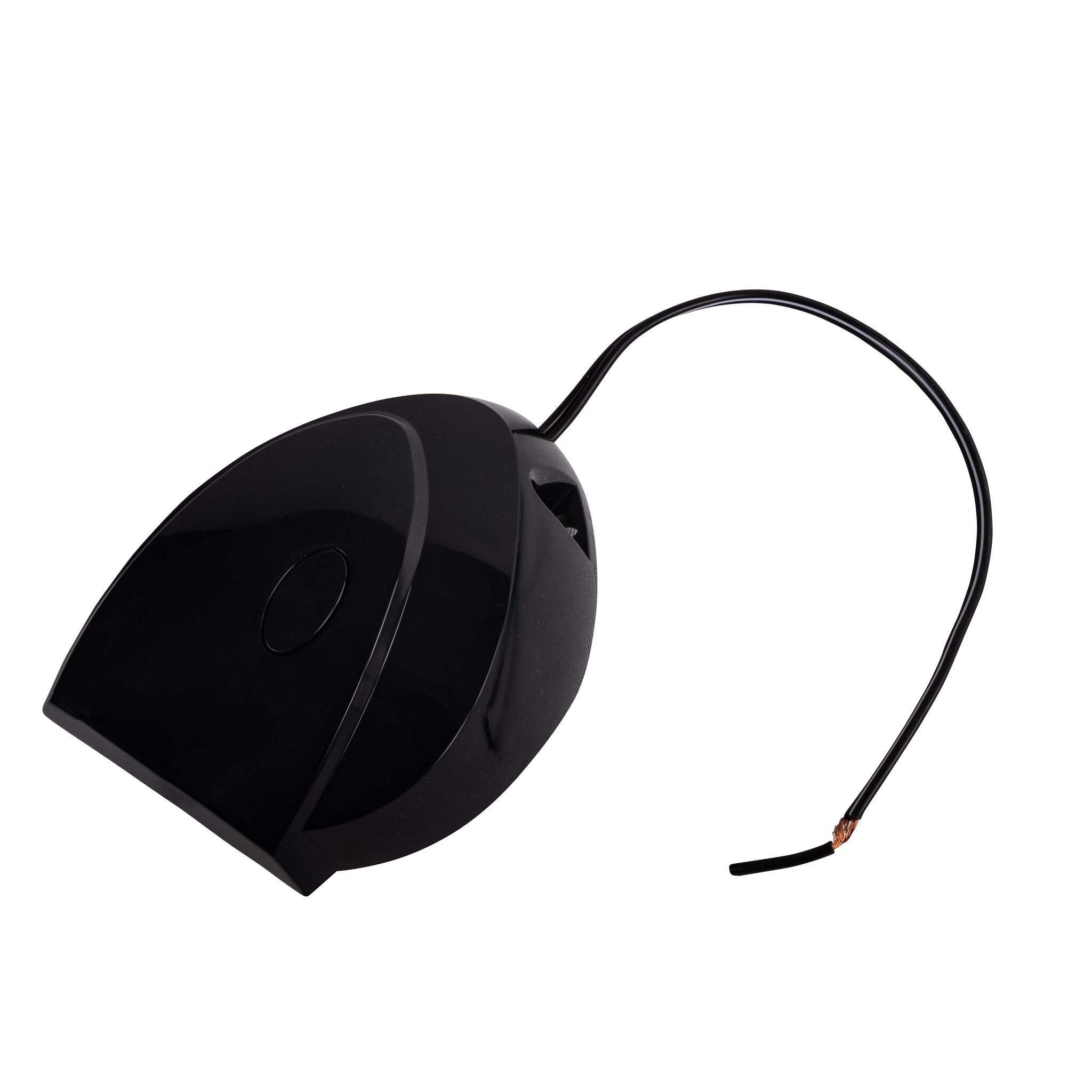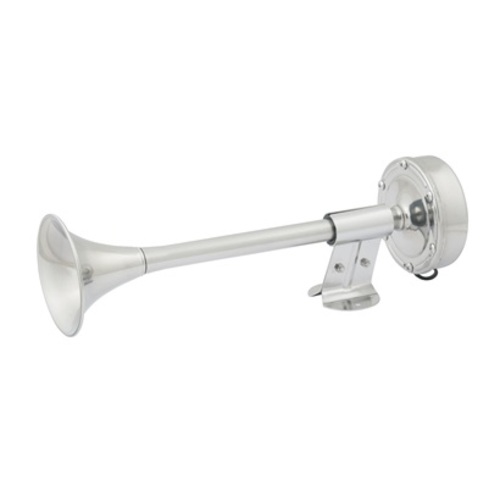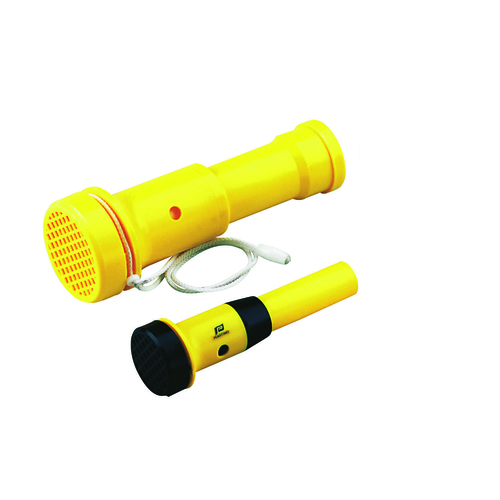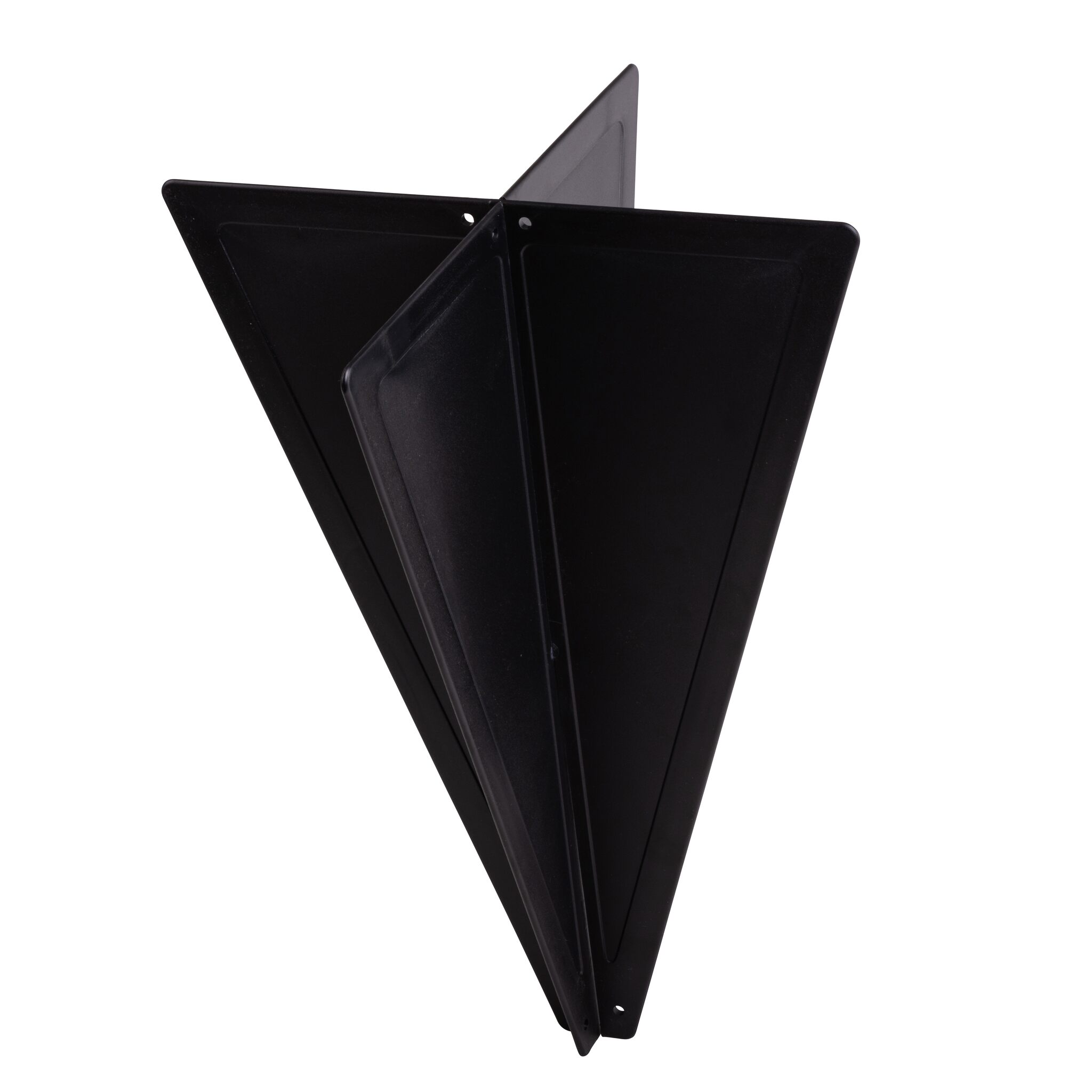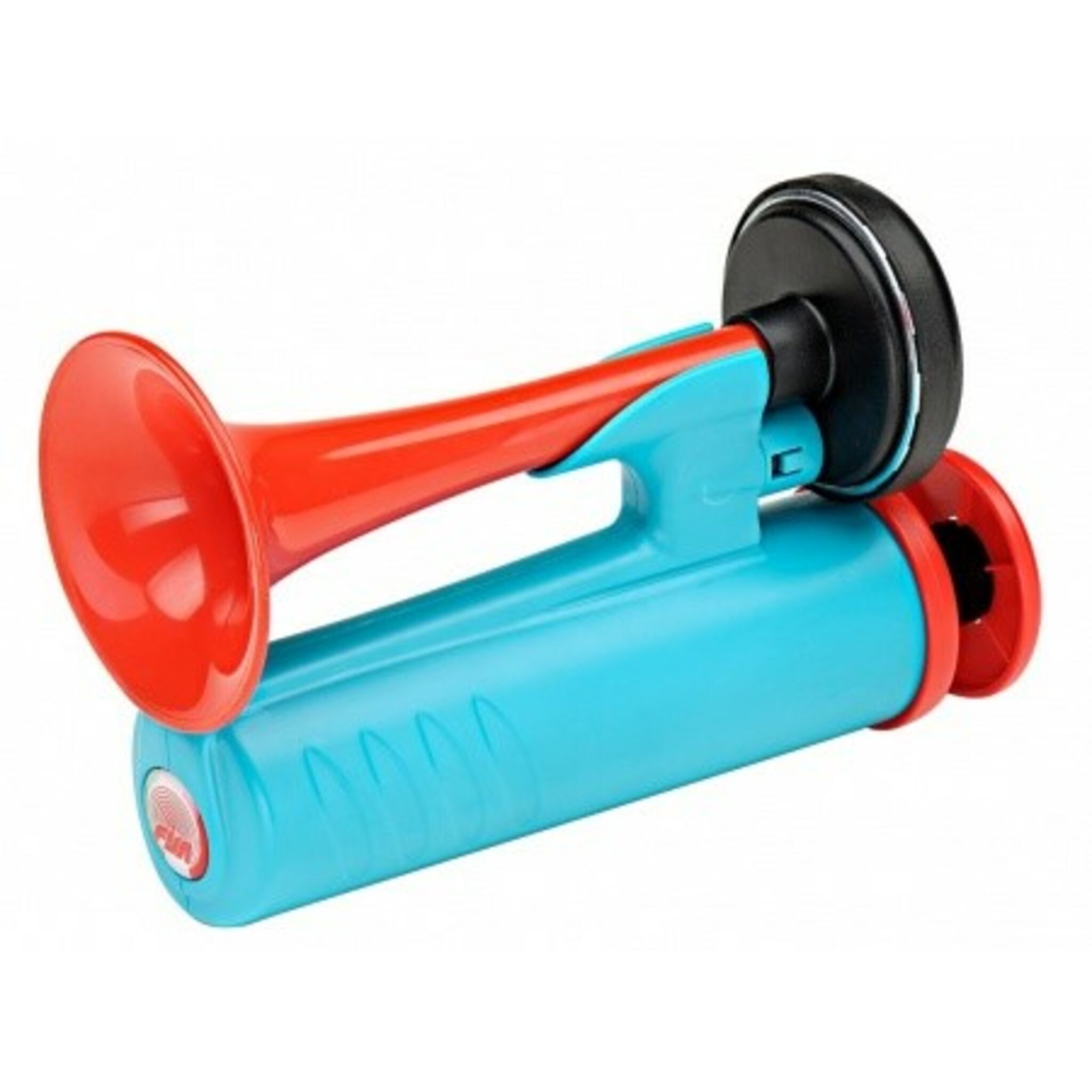Sea distress signals
In addition to the classic distress call "Mayday" and "SOS", there are several other ways to make yourself heard on the high seas with a distress signal. Even though distress beacons are not necessarily mandatory in small boats, every boat operator should have sufficient basic knowledge regarding emergency situations. The obligation to equip ships of all kinds is regulated by law in the SOLAS regulations, which are laid down in each case by the countries under whose flag the ship sails. Although distress beacons are not mandatory for all boats, the crew should know the importance and the different types. How distress must be indicated on the high seas is governed by the Collision Prevention Regulations, as well as the International Signals Book.
Whether audible or visual, every boater should carry as many different distress signaling devices as possible for their own safety and that of the passengers on board. Distress signals can be issued by smoke signals or light signals, as well as flag signals, bells, and radio signals.
Luminous distress signals
Luminous distress signals include hand flares and Spinlock Lume-On, as well as emergency strobes, Magic Light glow sticks, and signal lights. These emergency signaling devices differ in their range as well as in their nature. Basically, red or orange colors are the distress signal for an acute maritime emergency. White beacons, on the other hand, are mainly used for illumination at night or during a maneuver man-overboard.
Acoustic distress signals
Acoustic distress signaling devices are practically mandatory already in the rowboat, which in this case may consist of a simple whistle. Other emergency signaling devices in the acoustic range are horns, signal bells, megaphones and gas pressure fanfares. A special feature is the foghorn, which is often in continuous use in poor visibility conditions. in poor visibility. The distress signal "SOS" is not only transmitted by radio, but also visually and acoustically with the typical punctuation "short short long long short short short short" is alerted to an emergency situation made.
Dealing with distress signals on board
All marine distress signals should always be easily accessible on board, dry and, above all, ready to function. Dry storage is particularly important for distress signals such as pyrotechnics or rockets, as they can lose their operational capability in damp conditions. The signal horn needs a place that is clearly visible and easily accessible. Emergency use should be well prepared, because once all beacons are used up, rescue options are limited. Depending on the time of day and weather conditions, it may be necessary to resort to various emergency beacons. Therefore, a reservoir of different distress beacons should always be carried on board. At night and in the dark, optical distress signals such as hand flares and rockets are more are easier to see than in bright sunlight. In this situation, smoke signals are more suitable. Bang signals and audible distress signals also make more sense near the shore than on the high seas. In addition, the range also determines the use of distress signals, so parachute signal rockets can be used to inform distant ships of a distress and the location.

